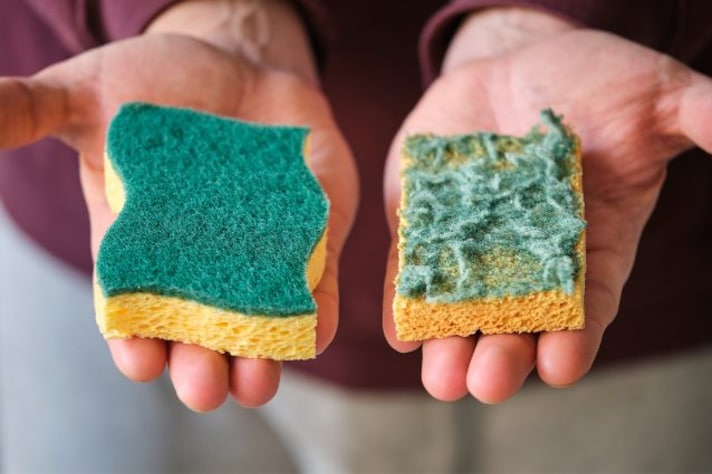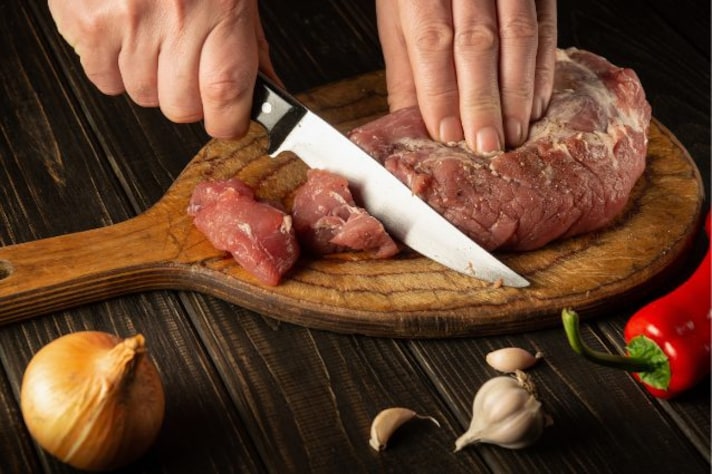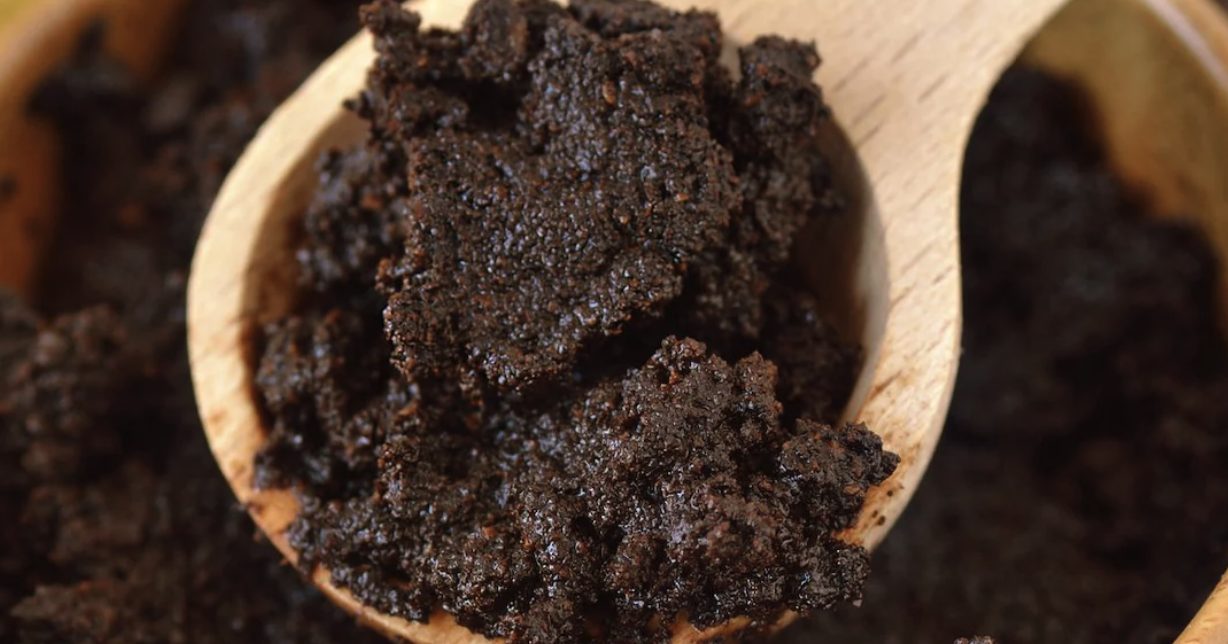The 7 Dirtiest Items in Your Kitchen You Should Be Cleaning
Your kitchen might look clean, but some areas are dirtier than you think! From sponges to refrigerator shelves, germs and bacteria can hide in unexpected places. In this article, we reveal the 7 dirtiest things in your kitchen and share practical tips on how to keep them clean. Stay on top of these common culprits to maintain a healthier, germ-free kitchen.
;Resize,width=742;)
Your kitchen is the heart of your home, but it’s also a hotspot for germs, bacteria, and grime. Despite our best cleaning efforts, certain areas and items can accumulate more dirt than we realize. From the obvious to the often overlooked, here are the 7 dirtiest things in your kitchen and some tips on how to keep them clean.
1. Kitchen Sponges

The sponge you use to clean dishes and wipe surfaces may be the dirtiest item in your kitchen. Constant moisture and food residue create the perfect environment for bacteria like E. coli and Salmonella to thrive. To reduce germs, disinfect your sponge daily by microwaving it for a minute or soaking it in vinegar. Replace it regularly—every two weeks or sooner if it starts to smell.
2. Sink and Drain

Although it’s where you clean your dishes, the kitchen sink is one of the dirtiest places in the house. Food particles and bacteria can collect in the drain and on the sink's surface. Clean your sink daily with hot soapy water, and give the drain a thorough scrubbing weekly with a mixture of baking soda and vinegar.
3. Cutting Boards

Cutting boards, especially those used for raw meat, can harbor harmful bacteria if not cleaned properly. Use separate boards for meat and vegetables to avoid cross-contamination, and wash them thoroughly with hot water and soap after each use. Plastic cutting boards can be sanitized in the dishwasher, while wooden boards should be scrubbed with a mixture of salt and lemon juice.
4. Handles and Knobs

Think about how often you touch the refrigerator door handle, cabinet knobs, and oven dials while cooking—these are prime spots for germ buildup. Wipe down all handles and knobs daily with a disinfectant or antibacterial cleaner to prevent the spread of bacteria.
5. Refrigerator Shelves

While we frequently clean the outside of the fridge, the inside can be a different story. Spills, spoiled food, and condensation can lead to bacterial growth on shelves and drawers. Make it a habit to wipe down the interior of your fridge every week, and clean any spills immediately to avoid sticky, germy buildup.
6. Blender Gaskets

Many people forget to clean the gasket—the rubber ring at the bottom of the blender. This small piece traps food particles and moisture, making it a breeding ground for bacteria. After each use, take apart your blender and thoroughly clean the gasket along with all other components.
7. Stovetop and Burner Trays

Your stovetop is exposed to splatters, spills, and grease every time you cook. If not cleaned regularly, grease and food debris can build up, creating a dirty and potentially hazardous cooking area. Wipe down the stovetop after each use and deep clean the burners and trays at least once a week.
;Resize,width=767;)
;Resize,width=712;)

;Resize,width=712;)
